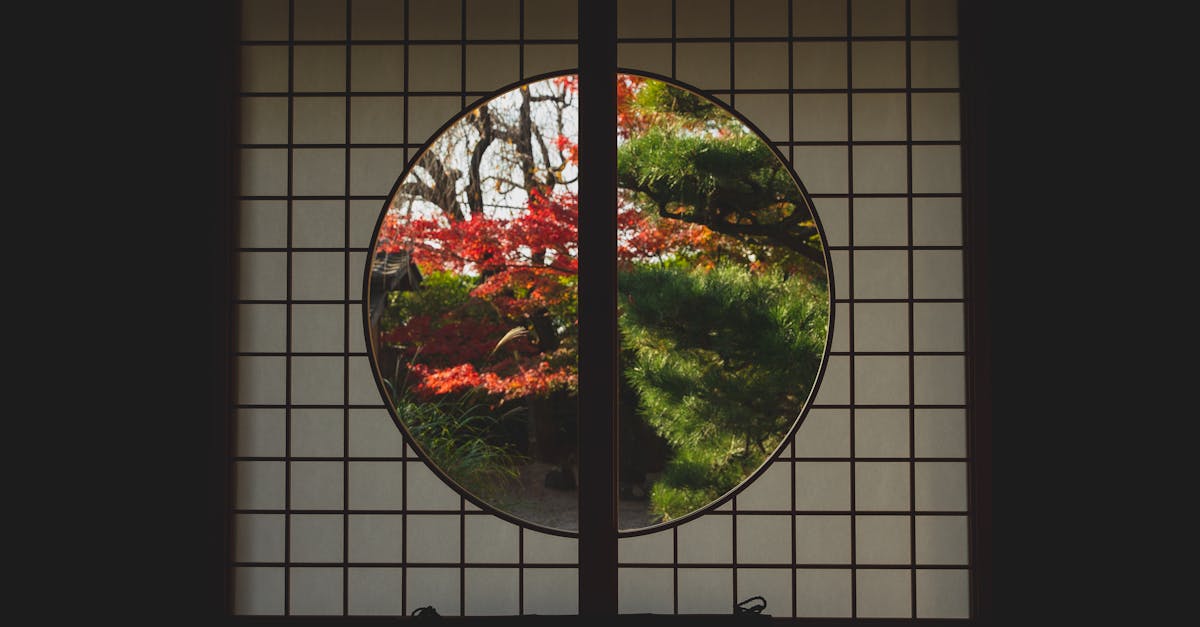Looking to give your indoor plants a natural boost? We’ve got an eco-friendly solution that might surprise you – coffee grounds! In our upcoming article, we’ll study into the benefits of using coffee grounds for your indoor plants.
From enriching the soil with important nutrients to repelling pests, we’ll investigate how this common kitchen waste can transform your plant care routine.
Stay tuned for expert tips and tricks on incorporating coffee grounds into your indoor gardening practices for healthier, lusher plants.
Let’s unlock the secrets of this simple yet effective plant hack together.
Key Takeaways
- Coffee grounds act as a natural fertilizer for indoor plants, enriching the soil with essential nutrients like nitrogen, potassium, magnesium, and phosphorus.
- They serve as a pest repellent, deterring insects like ants, snails, slugs, and even cats, protecting your plants without harsh chemicals.
- Incorporating coffee grounds into your plant care routine is a sustainable way to promote healthier and lusher plants.
- When using coffee grounds, remember to apply them in moderation to prevent soil acidity and mix them with compost for a balanced nutrient boost.
- To optimize the benefits of coffee grounds, sprinkle them on the soil’s surface as a top dressing and ensure they are dried out to avoid mold growth.
- Check out expert tips and tricks for using coffee grounds effectively in indoor gardening practices from The Old Farmer’s Almanac.

Benefits of Using Coffee Grounds for Indoor Plants
When it comes to indoor plants, coffee grounds can work wonders. They act as a natural fertilizer boosting nutrient levels in the soil, ensuring our plants get the nourishment they need. Additionally, they repel pests such as ants, snails, and slugs, keeping our green pals safe.
By incorporating coffee grounds into our plant care routine, we are not just recycling waste but also nurturing our indoor garden without harsh chemicals. It’s a sustainable and effective way to promote healthier, lusher plants. Ready to see the magic of coffee grounds in action? Try it out today!
For more detailed information on the benefits of coffee grounds, check out this resource.
Nutrients Enrichment in Soil
When we sprinkle coffee grounds around our indoor plants, we’re not just giving them a pick-me-up. These grounds are rich in nutrients like nitrogen, potassium, magnesium, and phosphorus that our plants love. As the coffee breaks down, it releases these nutrients into the soil, acting as a natural fertilizer for our green companions.
Our plants absorb these nutrients, promoting healthy growth and vibrant blooms. Plus, coffee grounds improve soil structure, aiding in water retention and aeration. It’s like a wholesome diet for our indoor garden!
For more information on the benefits of nutrient-rich coffee grounds for plant care, check out this detailed guide from The Spruce.

Pest Repellent Properties of Coffee Grounds
When sprinkled around plants, coffee grounds act as a natural repellent for pests without the need for harmful chemicals. Pests like snails and slugs steer clear of these on guard grounds. Ants also find the scent unpleasant, keeping them at bay.
Apart from warding off unwanted visitors, coffee grounds create a barrier against cats who tend to use pots as their personal litter box. It’s like a double win for our indoor plants, protecting them from pests and our feline friends’ unwelcome habits.
For more tips on natural pest control, check out the advice from The Old Farmer’s Almanac.
Incorporating Coffee Grounds into Indoor Gardening
When it comes to indoor gardening, incorporating coffee grounds can be a game-changer. Not only do they act as a natural fertilizer, but they also help in repelling pests.
- Fertilizer: Coffee grounds are rich in nitrogen, a key nutrient for plant growth.
- Pest Repellent: They deter pests like ants and slugs, keeping your plants safe.
To use them, simply sprinkle the coffee grounds on the soil’s surface. For more insights, visit The Old Farmer’s Almanac.

Expert Tips and Tricks for Using Coffee Grounds
When utilizing coffee grounds for our indoor plants, a few handy tips can optimize their benefits. Here are some expert tricks to make the most of this natural fertilizer:
- Use in Moderation: Incorporate coffee grounds sparingly to avoid excessive acidity in the soil.
- Mix with Compost: Blend coffee grounds with compost for a well-rounded nutrient boost.
- Avoid Mold: Let coffee grounds dry out before applying to prevent mold growth.
- Top Dressing: Sprinkle a thin layer of coffee grounds on the soil’s surface for a slow-release effect.
- Repel Pests: Employ coffee grounds as a natural deterrent against unwanted intruders like ants and slugs it’s a great way to protect your plants!
Looking for more expert guidance on indoor gardening? Check out The Old Farmer’s Almanac.
